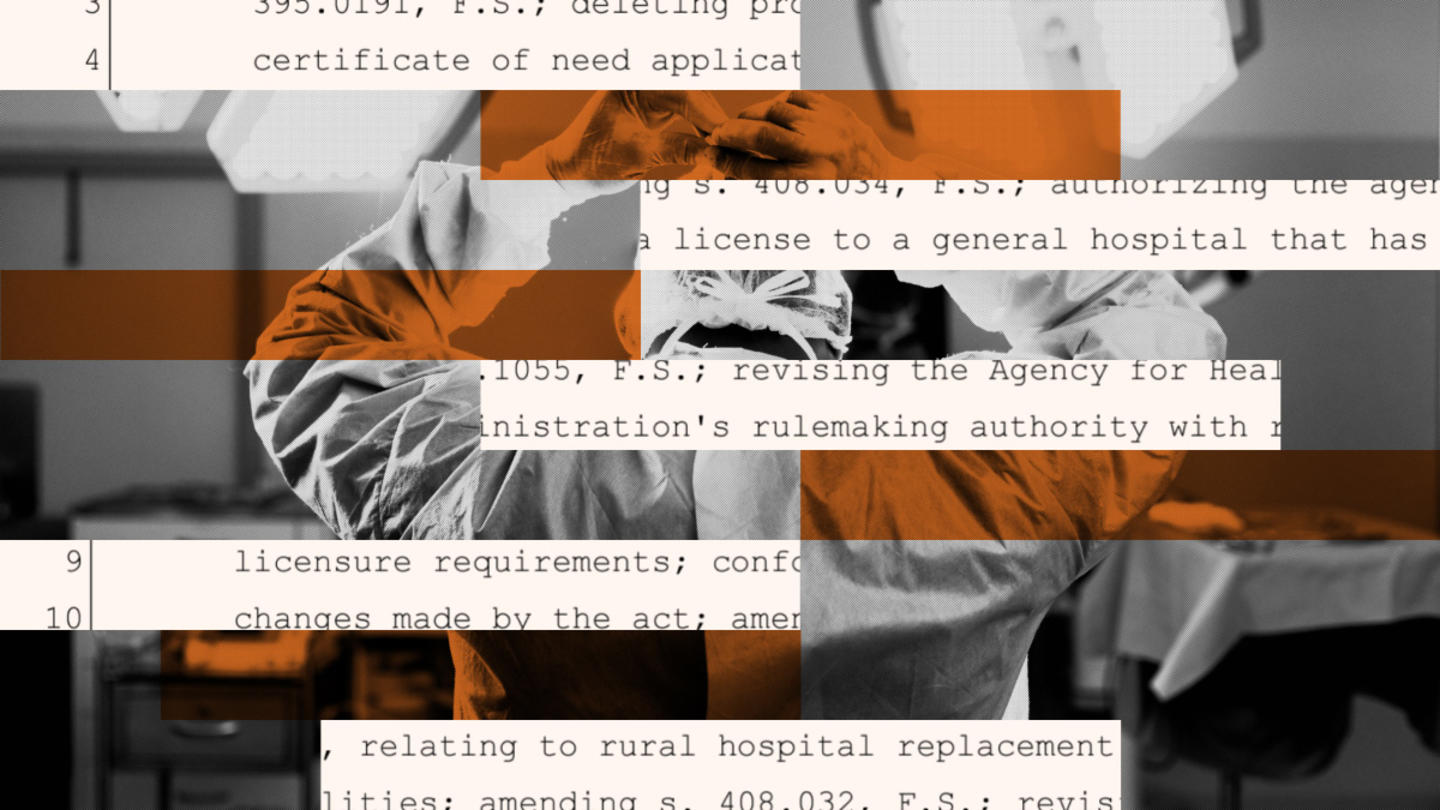For many American veterans, transitioning from military service to civilian life is difficult, but their struggles often don’t end there. The health care system meant to help them, managed by the Department of Veterans Affairs (VA), is plagued with challenges that leave many military professionals underserved.
Here’s a closer look at some of the reasons why the veteran health care system continues to fall short.
1. Mental health care services fall short
Mental health remains a critical issue. Approximately one in five veterans and military personnel suffer from post-traumatic stress disorder (PTSD) or depression, yet according to a study by Rand Corporation, only about half of those individuals seek treatment.
Prioritizing veterans’ dignity means expanding accessible, community-based mental health support that respects veterans’ experiences and connects them with local resources. This approach reduces stigma, empowering these individuals to seek the care they need through trusted, supportive networks.
Give an Hour addresses gaps in veteran health care by offering free mental health services through peer-to-peer support. This community-based model connects former military service members and their families with volunteers who share similar experiences. The organization’s goal is to transform mental health care from the ground up and help over 8 million people by 2025.
2. Lack of accessibility
Veterans’ access to quality care often depends on where they live. Former military personnel have even reported traveling 100 miles to receive a flu shot, only to experience delays when they arrive. These delays can be fatal for those facing severe health issues.
By embracing a more open, flexible approach — such as enhanced telehealth options or partnerships with local providers — the VA can help ensure every veteran receives timely, high-quality care regardless of their location. To improve this accessibility, VA care options should include a broader network of community providers, so those who once served can access local, trusted care and avoid delays due to distance.
3. Inadequate health care choices
Military alumni deserve flexible health care choices, yet the VA’s restrictive approach limits access to community-based care options. The rigid VA system often fails to accommodate diverse needs and local care options, leaving vulnerable individuals with medical needs with few alternatives for care.
Programs allowing veterans to access private-sector care exist, but the VA’s authorization and reimbursement processes need simplification to prioritize their needs. Veterans should have more choice in where they use their health benefits. Expanding health care choice legislation could empower former service men and women to seek local care more easily. Ensuring community-based options and enforcing accountability within the VA system are key steps to delivering timely, personalized care.
Sign up for the Stand Together newsletter and get stories, ideas, and advice from changemakers to help you tackle America’s biggest problems.
4. Long wait times
Another issue experienced in the VA is the long wait times veterans face for appointments. Individuals may wait weeks or even months for critical services, especially if they live in rural areas. Prioritizing timely access to health care is essential for respecting ex-soldiers’ dignity.
Addressing this requires proactive measures such as these:
- Expanding pre-appointment resources
- Using virtual check-ins
- Expanding provider networks
- Streamlining the intake process
- Offering interim support
- Maintaining ongoing communication
These solutions can minimize wait times, keep veterans informed and supported, and ensure they receive care when they need it most.
5. Inconsistent quality of care
The quality of health care varies greatly between VA facilities. While some former service men and women receive excellent care, others encounter poorly maintained hospitals and inadequate services.
The VA must adapt to individual needs and maintain strong accountability to provide consistent, high-quality care. When standards fall short, access to outside services may be necessary.
Additionally, strengthening partnerships with local providers ensures timely, specialized treatment. Regular oversight, transparent reporting, consistent staff training, and open feedback channels from veterans can further elevate care standards. By fostering accountability and mutual benefit, the system can better honor those who served.
6. Staffing shortages and bureaucratic complexity
The VA health care system serves millions, yet chronic staffing shortages in critical roles like doctors and nurses hinder its effectiveness. Budget constraints exacerbate the issue, leaving facilities short-staffed and personnel overworked. Ex-military personnel also face complex, outdated VA bureaucracy, causing delays and adding frustration, particularly for those with urgent needs.
Streamlining hiring processes and forming partnerships with training institutions could address staffing gaps. Offering flexible roles to local providers would ease burdens on existing staff and ensure dignified, timely care. Additionally, supporting a comprehensive, data-driven approach to modernizing VHA facilities can ensure that limited resources align with veterans’ needs while maintaining access to essential care.
7. Inadequate support for transition to civilian life
Transitioning from active duty to civilian life presents unique health and social challenges. Unfortunately, the VA lacks a seamless system to support this transition, especially for those who need ongoing care.
Many former service members face issues during this transition, including:
- Finding stable employment
- Securing affordable housing
- Navigating complicated health care systems and insurance for veterans
- Difficulty accessing mental health resources
- Managing financial stress
- Building social connections
Such partnerships and local support foster a strong, community-based support network veterans can rely on. This network fills housing, employment, and social reintegration gaps that current, often underfunded programs struggle to address. This comprehensive network of care can empower veterans and strengthen local communities, reducing homelessness, unemployment, and social isolation.
Shelters to Shutters is a nonprofit focused on transitioning individuals, including veterans, from homelessness to stable housing and employment by offering pathways to economic self-sufficiency through job and housing opportunities. They have supported over 40 individuals, with an 87% employee retention rate.
8. Limited resources for families and caregivers
Former service members with severe physical or mental health challenges often rely heavily on family members or other caregivers for daily assistance. While the VA provides some caregiver resources, they are often inadequate, leaving many caregivers overwhelmed.
Expanding support through respite care, financial assistance, and mental health services acknowledges the sacrifices of both veterans and their families and creates a network that strengthens care quality.
Read more about veterans’ health care
- Airforce veteran Ian Robinson uses his personal experiences with PTSD to train service dogs.
- A combat vet and former VA social worker is pushing for veteran mental health care reform so others don’t face the same struggles.
- Ex-army Chris Enget has overcome countless challenges, channeling his optimism and resilience to heal himself and inspire others along the way.
As part of the Stand Together community, Concerned Veterans for America advocates for the freedom and prosperity that veterans and their families fought to defend.
Learn more about Stand Together’s health care efforts and explore ways you can partner with us.

What if the key to improving Gen Z’s mental health lies in leveraging AI?

Mental health care is too narrow, possibly worsening the crisis. These changemakers have a plan.

Peer support may be the key to transforming mental health care. So far, it’s working for millions.

States with CON laws have higher prices, fewer medical facilities, and inferior patient outcomes.
